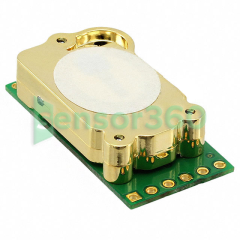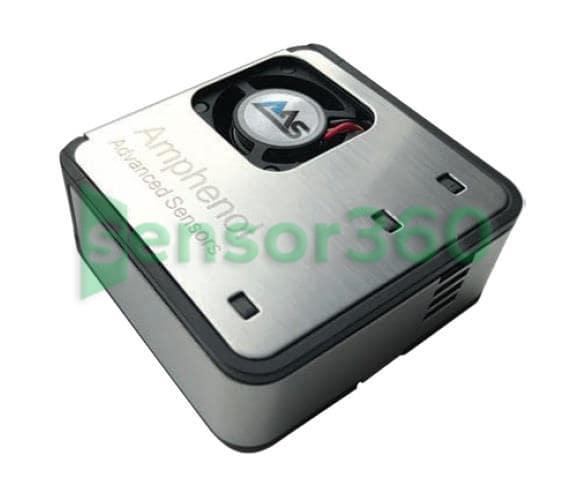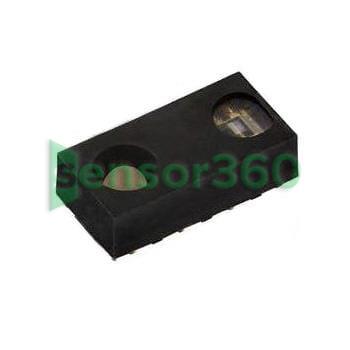Volker Automation LGW Level Sensor
- Prices: Request for a Quote for Further Details
- Model : LGW
- Category: Liquid Level Sensors
- Brand : Volker Automation
- Delivery Time: Request for a Quote for Further Details
- Manufacturer: Volker Automation
Products
The design of the magnetostrictive liquid level sensor is based on the fact that some metals (such as nickel-iron alloys) have magnetostrictive characteristics under the action of intersecting magnetic fields, that is, the Wedmann effect. The design of the magnetostrictive liquid level transmitter is based on the fact that some metals (such as nickel-iron alloys) have magnetostrictive characteristics under the action of intersecting magnetic fields, that is, the Wedmann effect. When measuring, the sensor probe emits a starting pulse at one end of the waveguide line made of magnetostrictive material, which will form a magnetic field perpendicular to the waveguide line (as shown in the figure below). The magnetic field propagates along the waveguide line with the pulse current at the speed of light. The magnetic field When encountering the magnetic field generated by the magnetic ring outside the waveguide wire, an intersecting magnetic field is generated. Under the action of the intersecting magnetic field, the waveguide wire generates instantaneous tension, causing the waveguide wire to twist and generate a twisting wave. This twisting wave (wave speed is about...
LGW magnetostrictive liquid level transmitter characteristics:
1. Use high-speed counter with high accuracy.
2. It is suitable for liquid level measurement of various and has various installation forms.
3. Stable and reliable, with strong anti-interference ability.
4. Simple structure and easy installation.
working principle:
The design of the magnetostrictive liquid level transmitter is based on the fact that some metals (such as nickel-iron alloys) have magnetostrictive characteristics under the action of intersecting magnetic fields, that is, the Weidman effect. When measuring, the sensor probe emits a starting pulse at one end of the waveguide line made of magnetostrictive material, which will form a magnetic field perpendicular to the waveguide line (as shown in the figure below). The magnetic field propagates along the waveguide line with the pulse current at the speed of light. The magnetic field When encountering the magnetic field generated by the magnetic ring outside the waveguide wire, an intersecting magnetic field is generated. Under the action of the intersecting magnetic field, the waveguide wire generates instantaneous tension, causing the waveguide wire to twist and generate a twisting wave. This twisting wave (wave speed is approximately the speed of sound) is transmitted along the waveguide wire, and when transmitted back to the sensor probe, reverse magnetism is generated. The stretching phenomenon creates a return pulse in the sensor probe. The time difference between transmitting the starting pulse and receiving the return pulse is related to the position of the magnetic ring. The transmitter converts the time difference signal (ie, the position of the magnetic ring) into a standard current or voltage signal output. The sensor operating waveform is as shown in the figure below:
Technical Parameters:
Measuring range: 150~3000mm
Accuracy: ±0.0 5%FS
Working voltage: DC12~30V
Power consumption: ≤2 W
Output signal: 4~20mA, load impedance ≤500Ω
Insulation resistance: 50 MΩ at 5 0 0 V DC
Working pressure: 1.6 MPa
Junction box material: stainless steel
Rod diameter material: φ13/304 stainless steel
Interface method: thread or flange
Ambient temperature: -20~85℃
Protection level: IP65
Structure diagram:
Note: For specific installation dimensions, please refer to the dimensions of each installation method on the LIM magnetic induction liquid level transmitter page.
Wiring diagram:













